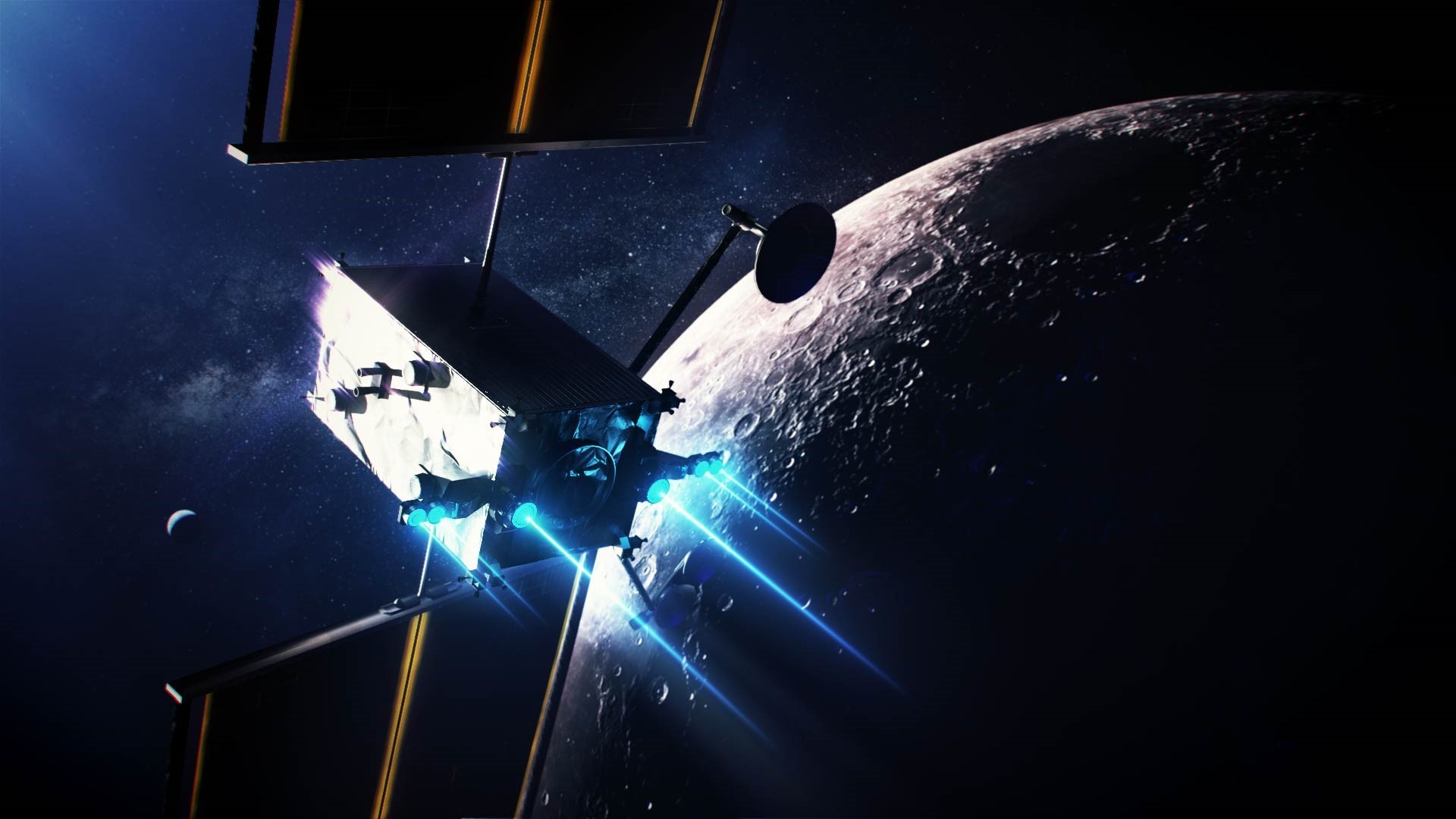Jet propulsion has been a transformative force in aviation, enabling aircraft to travel faster, farther, and more efficiently than ever before. However, with these advancements come challenges that must be addressed to ensure the continued sustainability and viability of jet propulsion in the future. This article explores some of the key challenges facing jet propulsion today, as well as the innovative solutions that researchers and engineers are developing to overcome them.
**1. Fuel Consumption and Emissions**
One of the most pressing challenges facing jet propulsion is the need to reduce fuel consumption and emissions. Jet engines are significant contributors to greenhouse gas emissions, particularly carbon dioxide (CO2) and nitrogen oxides (NOx), which are known to have harmful effects on the environment and human health.
To address this challenge, researchers and engineers are focusing on developing more efficient engines that can burn fuel more cleanly and produce fewer emissions. One promising approach is the use of high-bypass turbofans, which have a larger fan at the front of the engine that bypasses much of the incoming air around the core, reducing fuel consumption and emissions.
Another approach is the use of geared turbofans, which use a gearbox to allow the fan and turbine to spin at different speeds, improving efficiency. Additionally, alternative fuels such as biofuels and hydrogen are being explored as potential options for reducing emissions from jet engines.
**2. Noise Pollution**
Another significant challenge facing jet propulsion is noise pollution. Jet engines are notoriously loud, especially during takeoff and landing, which can have negative impacts on communities living near airports and on the health and well-being of those exposed to high levels of aircraft noise.
To address this challenge, engineers are developing quieter engine designs and new materials that can absorb or dampen noise. One approach is the use of chevron nozzles, which are designed to reduce the noise generated by the exhaust gases as they exit the engine. Additionally, advances in materials science are leading to the development of new, lightweight materials that can help reduce engine noise.

**3. Sustainable Propulsion Systems**
The growing demand for air travel has put pressure on the aviation industry to develop more sustainable propulsion systems. Electric and hybrid-electric propulsion systems are being explored as potential alternatives to traditional jet engines, offering lower emissions and quieter operation.
Electric propulsion systems use electric motors powered by batteries or fuel cells to drive the aircraft’s propellers or fans, eliminating the need for fossil fuels. Hybrid-electric propulsion systems combine traditional jet engines with electric motors, offering increased efficiency and reduced emissions compared to conventional jet engines.
While electric and hybrid-electric propulsion systems show promise, there are still challenges to overcome, such as the development of lightweight and energy-dense batteries and the infrastructure needed to support electric aircraft.
**4. Conclusion**
In conclusion, jet propulsion has been a transformative force in aviation, enabling aircraft to travel faster, farther, and more efficiently than ever before. However, the challenges of fuel consumption, emissions, noise pollution, and sustainability must be addressed to ensure the continued viability of jet propulsion in the future. Researchers and engineers are developing innovative solutions to these challenges, and the future of jet propulsion looks promising as we strive to create a more sustainable and efficient aviation industry.

No Responses